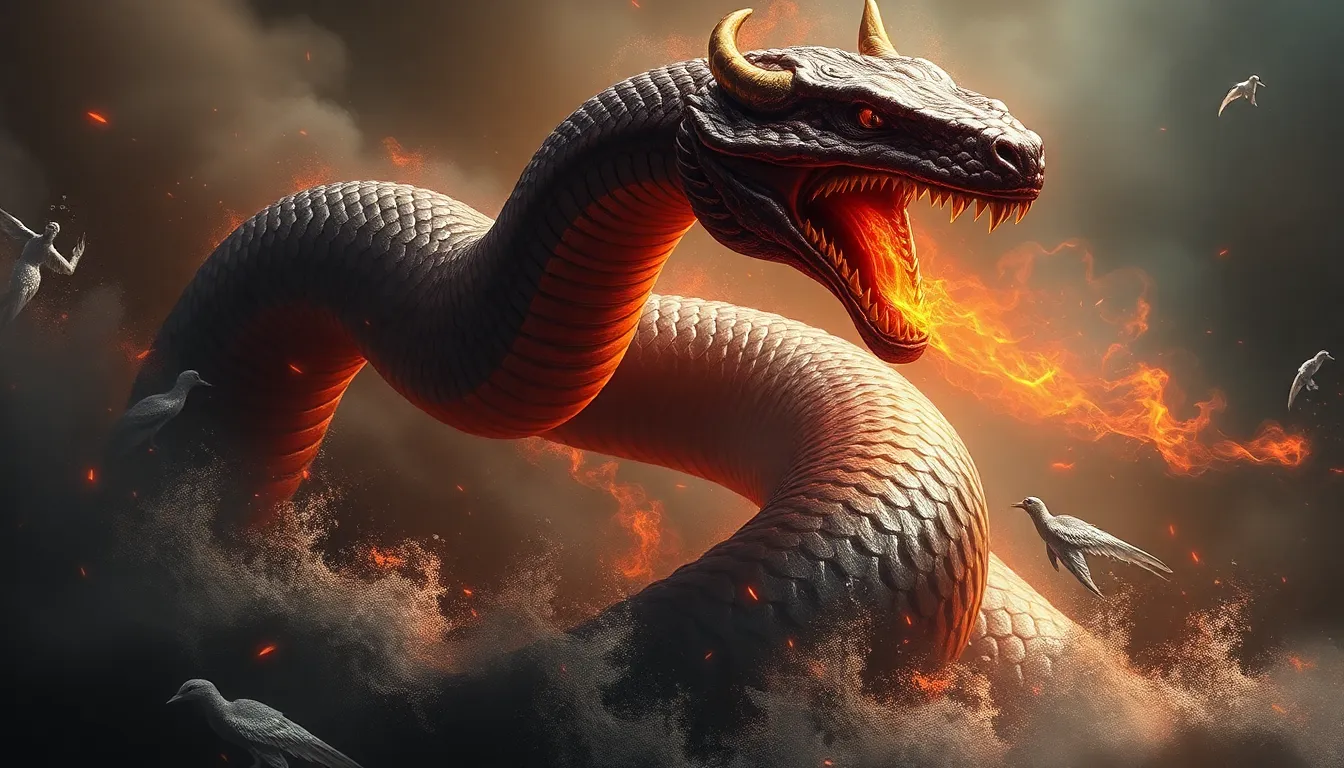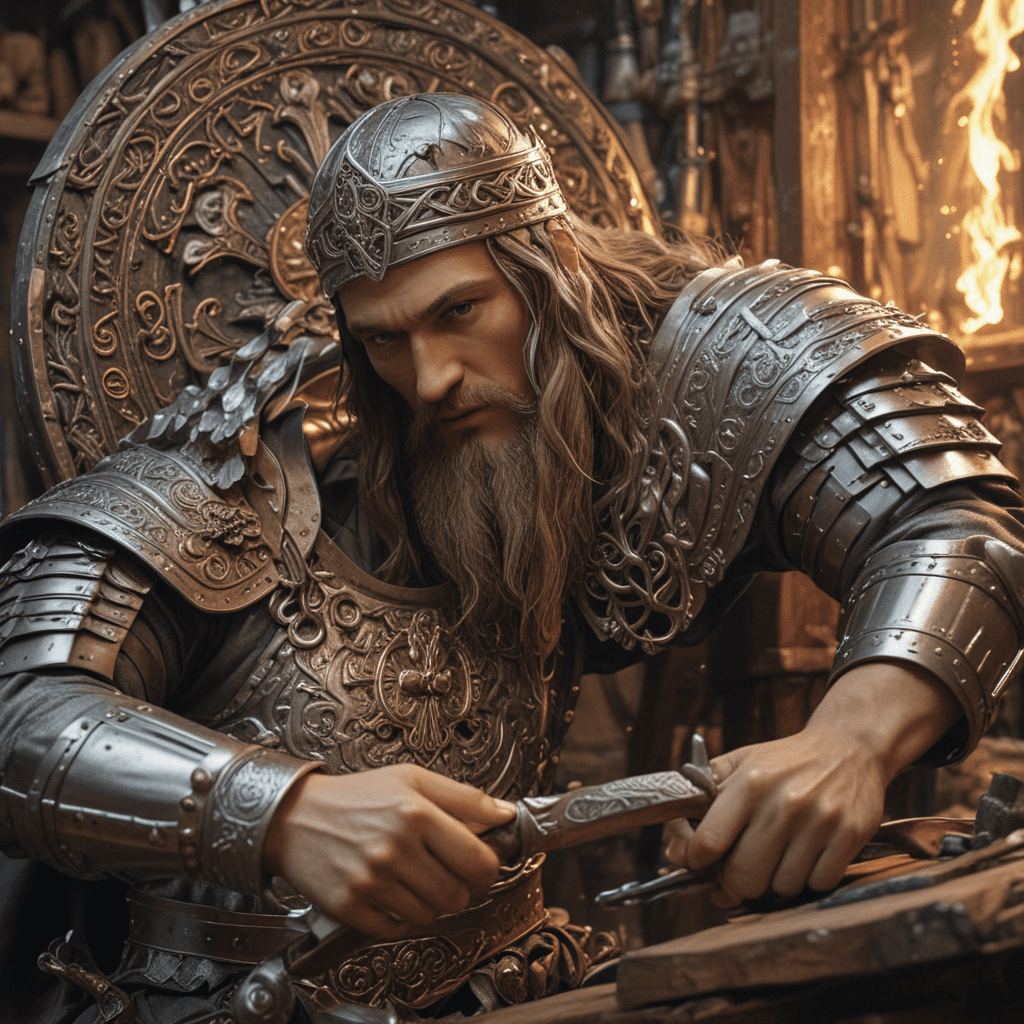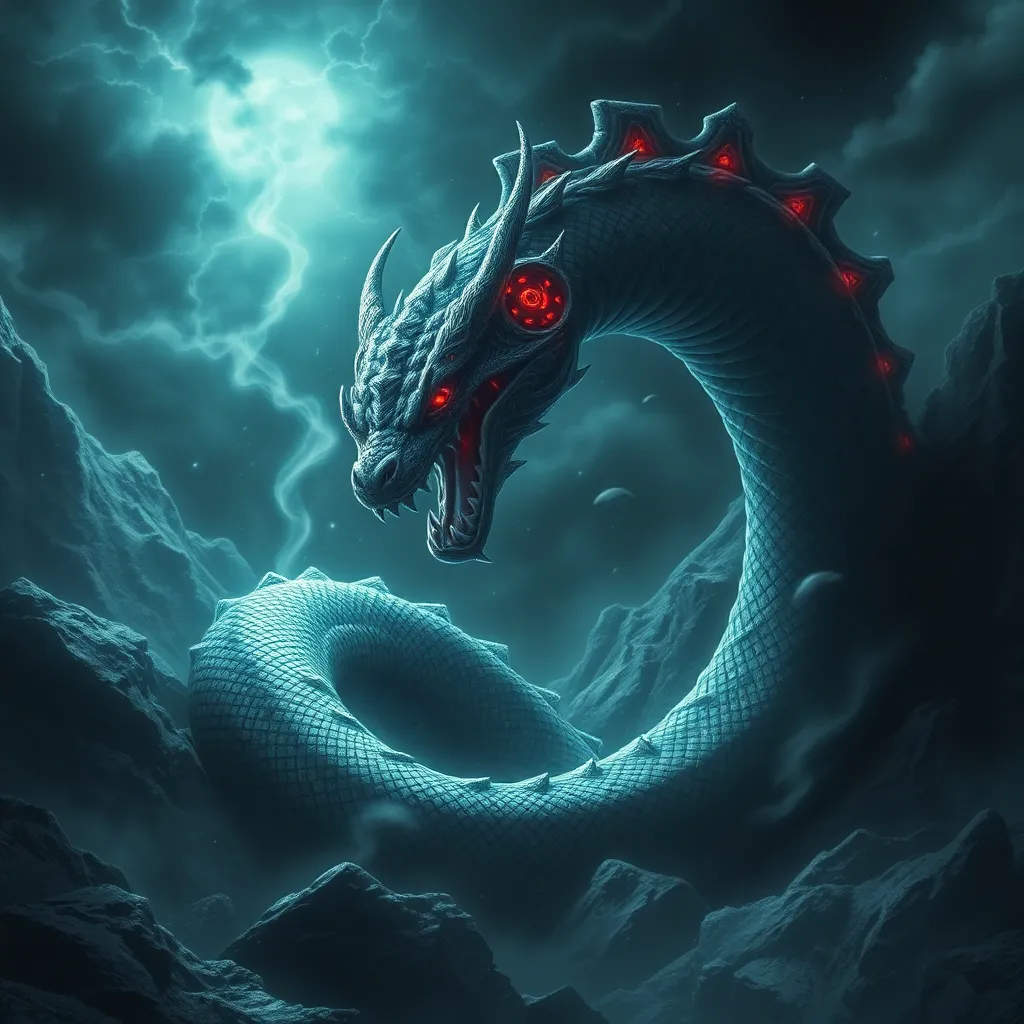Yggdrasil’s Branches: Connecting the Realms of the Norse Gods
Introduction to Yggdrasil: The World Tree
In Norse mythology, Yggdrasil is more than just a tree; it is the very essence of the cosmos. Known as the World Tree, Yggdrasil connects all realms of existence, serving as a cosmic symbol of life, death, and the interconnectivity of all beings. Its sprawling branches reach into the heavens, while its roots delve deep into the underworld, illustrating the belief that all things are intertwined.
Yggdrasil connects nine realms, each with its own unique characteristics and inhabitants. This sacred tree is not only a physical entity but also a representation of the universe’s structure, embodying the Norse understanding of existence itself.
The Structure of Yggdrasil: An Overview of Its Branches
Physically, Yggdrasil is often described as an immense ash tree. Its trunk is sturdy and towering, with branches that extend far and wide, providing shelter and connection to various realms. The roots of Yggdrasil stretch deep into the earth, some reaching the well of Urd, others into the realm of the giants, and yet others into the depths of Niflheim.
The structure of Yggdrasil mirrors the interconnectedness of the realms:
- Roots: Three main roots connect to different wells and realms.
- Trunk: The trunk symbolizes the central axis of the universe.
- Branches: Each branch leads to various realms, showcasing their connections.
This structure illustrates that no realm exists in isolation; rather, they all influence and affect one another, creating a complex web of existence.
The Nine Realms of Norse Mythology
Yggdrasil connects nine distinct realms, each contributing to the rich tapestry of Norse cosmology. Here’s a brief overview of these realms:
- Asgard: Home of the Aesir gods, a realm of power and glory.
- Midgard: The realm of humans, connected to Asgard by the Bifrost bridge.
- Jotunheim: The land of the giants, often in conflict with the gods.
- Vanaheim: The realm of the Vanir gods, associated with fertility and prosperity.
- Niflheim: A cold, dark realm of ice and mist, home to the dead.
- Muspelheim: The fiery realm of the fire giants, representing chaos and destruction.
- Alfheim: The realm of the light elves, known for beauty and magic.
- Svartalfheim: The realm of dwarves, skilled craftsmen and miners.
- Helheim: The realm of the dead, ruled by Hel, where souls go after death.
Each realm plays a crucial role in the Norse understanding of the universe, contributing to the delicate balance of existence.
Yggdrasil’s Role in the Lives of the Gods
Yggdrasil serves as a vital meeting place for the gods, where they convene to discuss matters of great importance. The Well of Urd, located at the base of Yggdrasil, is particularly significant. It is here that the Norns, the three fates of Norse mythology, weave the destinies of gods and men alike.
Many tales of divine intervention and critical decisions unfold at Yggdrasil, highlighting its role as a center for governance among the gods. The tree is a witness to the unfolding of fate and the interconnectedness of all beings.
Creatures of Yggdrasil: Guardians and Symbols
Yggdrasil is home to various creatures that symbolize different aspects of existence:
- Nidhogg: A dragon that gnaws at the roots of Yggdrasil, representing destruction and chaos.
- The Eagle: A majestic bird that perches atop the tree, symbolizing wisdom and insight.
- The Stag (Eikthyrnir): A creature that grazes on the leaves of Yggdrasil, representing the cycle of life.
These creatures play crucial roles in maintaining the balance of the realms, embodying the themes of life, death, and renewal.
Yggdrasil in Norse Cosmology: Life, Death, and Rebirth
The cyclical nature of existence is a central theme in Norse cosmology, and Yggdrasil embodies this principle. The concept of Ragnarök, the end of the world, signifies not only destruction but also the promise of rebirth. As the realms face devastation, Yggdrasil stands resilient, symbolizing the potential for renewal and regeneration.
Following Ragnarök, it is foretold that a new world will arise, sprouting from the remnants of the old. Yggdrasil will continue to thrive, ensuring the cycle of life persists.
Cultural Significance of Yggdrasil in Modern Times
Yggdrasil’s influence extends beyond ancient mythology into contemporary culture. Its imagery appears in literature, art, and pop culture, resonating with those seeking connection to nature and the cosmos. The resurgence of interest in Norse mythology has inspired a new generation to explore its themes.
Modern spiritual practices often interpret Yggdrasil as a symbol of interconnectedness and growth, inviting individuals to reflect on their place within the universe.
Conclusion: The Enduring Legacy of Yggdrasil
Yggdrasil stands as a monumental symbol of connection among the realms, encapsulating the essence of Norse mythology. Its significance lies not only in its mythological roots but also in its enduring relevance as a metaphor for life, nature, and the interconnectedness of all beings.
As we continue to navigate the complexities of existence, the legacy of Yggdrasil reminds us of the timeless truths of life and the bonds that unite us all.




